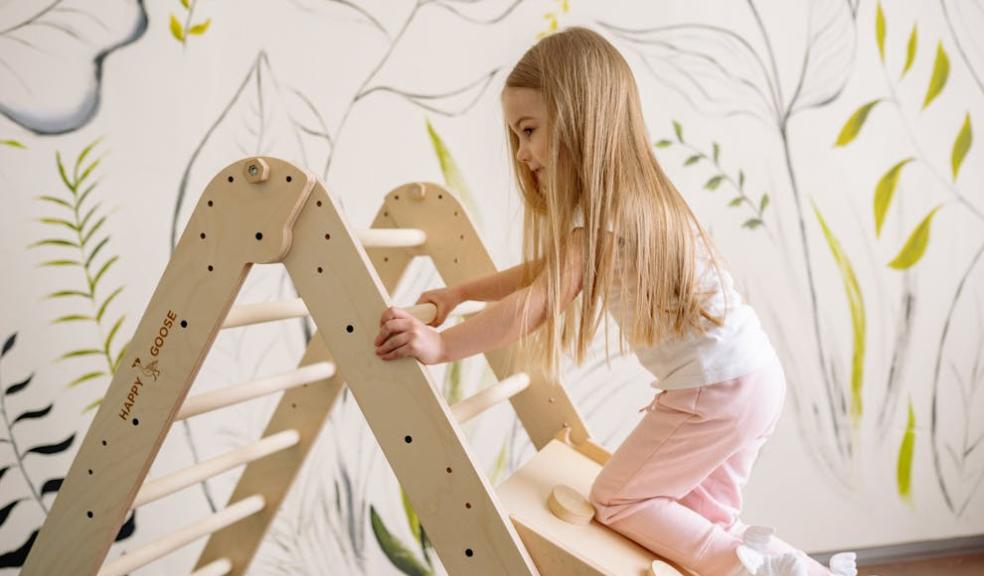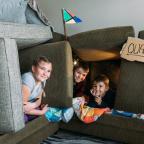
How to Create a Safe and Engaging Indoor Play Space for Your Kids
Designing an indoor play space for your children should prioritise both safety and fun. Whether it’s for rainy days, winter months, or just a dedicated area for play, creating a space that captures your child’s imagination while keeping them safe is vital. A well-planned indoor play area can help develop your child’s physical and cognitive skills, fostering creativity and social interaction.
In this article, we’ll explore how you can craft the perfect indoor play space. We’ll dive into practical safety tips, age-appropriate equipment, and how to make the space exciting for your child. Plus, we’ll discuss a must-have feature that not only entertains but also supports physical development: the indoor climbing frame.
Prioritise Safety First
When designing an indoor play area, safety is the most important consideration. Young children, especially toddlers, are naturally curious and energetic. They are prone to bumps and falls, so ensuring the space is safe from the outset is essential.
Begin by choosing a room or area in the home that has sufficient space for your child to move around freely. Make sure the area is free from hard furniture edges, breakable items, or small objects that could pose a choking hazard. Soft surfaces, like foam mats, are ideal for preventing injuries from falls, especially in areas where children may be running or climbing. The Royal Society for the Prevention of Accidents (RoSPA) recommends wetpour rubber for play areas, as falls are the leading cause of hospital admissions for children in the UK.
Electrical sockets should be covered with safety plugs, and any sharp corners should be cushioned. If you’re incorporating an indoor climbing frame or any other physical equipment, make sure it’s securely fixed to the floor or walls and can support your child’s weight without risk of tipping over.
Choosing the Right Equipment
Selecting the right play equipment is key to creating an engaging environment. When thinking about what toys or structures to include, always consider your child’s age, interests, and developmental needs. Younger children will benefit from equipment that encourages sensory exploration, like soft blocks or ball pits, while older children may prefer more physically challenging options.
For a versatile piece of equipment that combines fun and fitness, an indoor climbing frame is an excellent choice. Climbing helps children develop motor skills, coordination, and strength. It also provides a healthy outlet for all that excess energy on days when outdoor play isn’t possible. When choosing a climbing frame, be sure it is age-appropriate and has safety features like rounded edges, non-slip surfaces, and stable construction. If you’re looking for a high-quality option, the TTS Group offers a wide range of indoor climbing frames designed specifically for young children, ensuring both fun and safety are at the forefront.
Maximise Use of Space
Making the most of your available space is essential to creating a functional and enjoyable indoor play area. Whether you’re working with a large room or a small corner, it’s important to plan the layout carefully to ensure there’s plenty of room for your child to move, play, and explore.
For small spaces, modular play equipment can be a lifesaver. Items like foldable tunnels or stackable play cubes can be easily rearranged or stored when not in use. This is particularly useful if the play area doubles as a living room or bedroom. Vertical space can also be utilised with wall-mounted toys or shelves to store toys, keeping the floor clear for play.
If you have more room, consider dividing the space into zones. One corner could be dedicated to active play, where a climbing frame, ball pit, or trampoline is placed. Another area could be for quiet activities, with puzzles, books, or a sensory corner. This not only keeps things organised but helps stimulate different types of play.













